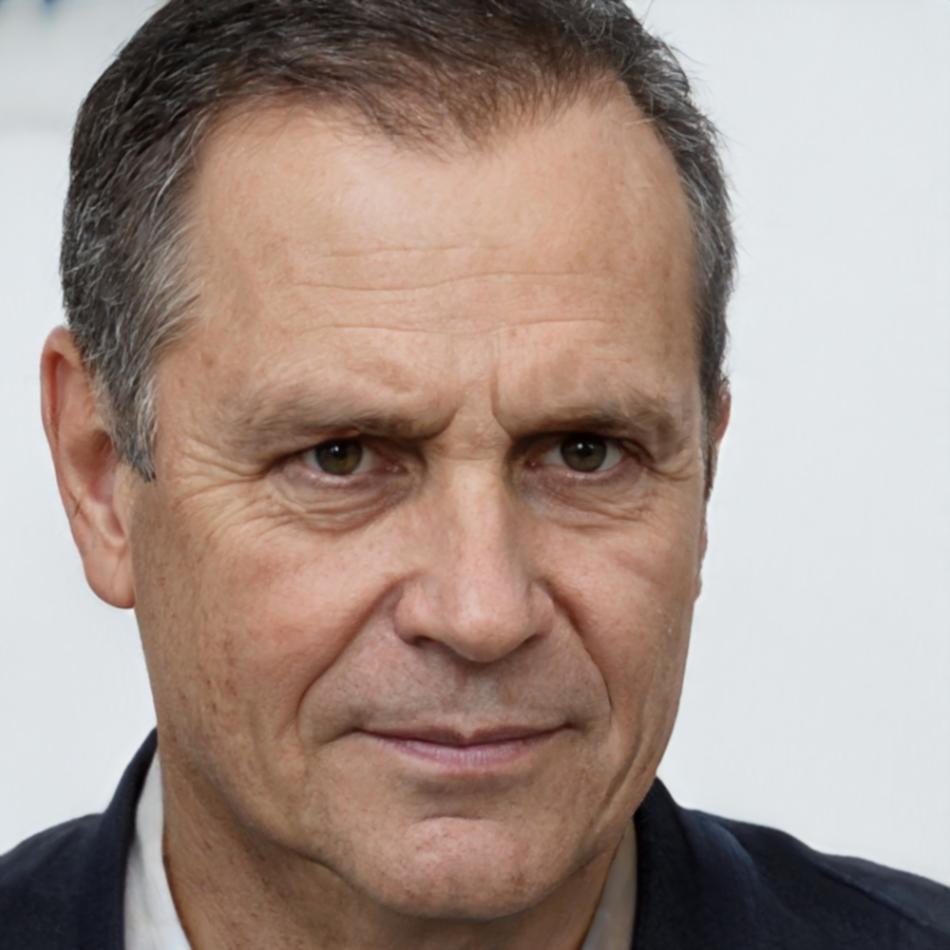
Denzil Corwin
Lead Curriculum Developer
Spent eight years building slot mechanics for European markets before joining us in 2020. Creates most of our project templates and designs the debugging challenges students work through.
We started in late 2019 when three developers from different gaming studios realized something: most educational platforms were teaching theory while the industry needed people who could actually build things. So we decided to create something different.
Our approach came from a simple observation—the best developers we knew didn't learn from textbooks. They learned by tearing apart existing games, rebuilding features, and making plenty of mistakes along the way.

Most courses want you to build a massive project right away. That's overwhelming and honestly, not how real development works. We break things down into manageable pieces—small casino-style games that teach specific concepts.
These mini-games might seem simple, but they contain the same logic patterns you'll find in bigger projects. State management, animation timing, reward systems—it's all there. Just in a format you can actually complete and understand.
Each project takes between 6-12 hours to complete. You'll finish with something functional, not a half-built framework that never works properly.
We spent two years refining this approach based on what actually helped students land positions, not what looked good in a course catalog.
Every module begins with a complete, functional game. You'll examine how it works, identify the key systems, then rebuild it yourself with modifications. This reverse-engineering approach sticks better than starting from scratch.
Once you understand a core mechanic, you'll create three variations of it. Different themes, altered rules, modified outcomes. This forces you to truly grasp the underlying logic instead of just memorizing patterns.
We give you intentionally broken code to fix. Not academic exercises, but actual bugs that have appeared in production games. You'll learn to read error messages, trace execution flow, and solve problems methodically.
We're a small team with combined experience from studios like Playtech, Microgaming, and several smaller Malaysian developers. Our strength isn't academic credentials—it's that we've shipped actual games and know what works in real production environments.

Lead Curriculum Developer
Spent eight years building slot mechanics for European markets before joining us in 2020. Creates most of our project templates and designs the debugging challenges students work through.

Technical Content Lead
Former backend developer who switched to education after mentoring junior developers at his previous studio. Reviews all student code submissions and provides detailed feedback on architectural decisions.
Our autumn 2025 cohort will work through twelve mini-game projects over six months. That includes slot variations, card game mechanics, wheel-based randomization systems, and achievement tracking implementations.
You'll build each game twice—once following guided instructions, then again from memory with different requirements. This repetition with variation is how muscle memory develops.
By the end, you'll have a portfolio of completed projects and the confidence to tackle similar systems independently. We don't promise job placement, but we do track outcomes—about 60% of our 2024 graduates found junior positions within eight months of completing the program.
